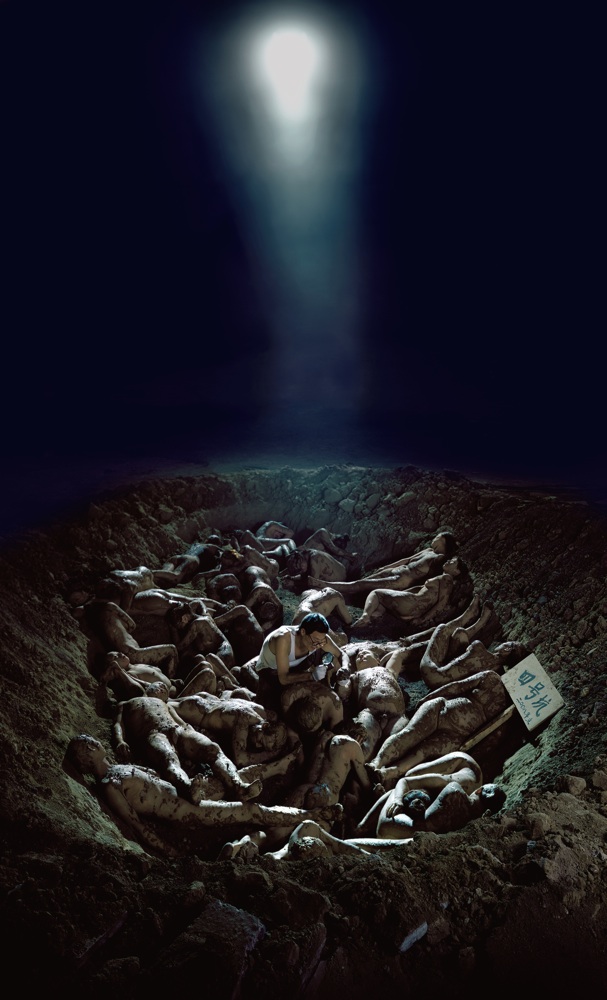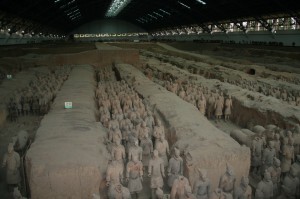Need prescription for viagra in uk
Viagra Off Prescription Uk
5-5 stars based on
553 reviews
Viagra prescription in uk has only been possible since early 2010s. It's a relatively small proportion of British people who receive the medicine. In 2011, the number of pills being manufactured in the UK decreased by 20% to about 400,000. It's worth mentioning that, in contrast, the NHS was spending around £1bn on pills and other pharmaceuticals a year. The NHS, for reasons best known in the UK, does not want to lose this money pay for the drugs that it has no way of buying in the market. The current situation is due to a long-running contract with the company, GlaxoSmithKline. last time Glaxo SmithKline started to cut back on the number of pills produced in the UK, it was due to poor sales. As it turns out, however, the NHS was able to buy more than 600,000 medicines it had used. Why did this happen? It is a fairly unusual contract, because it does not allow patients to purchase the medicine from another company. Instead, when they buy it from their GP, they buy it as part of their general practice (GP). The reason for this policy of buying viagra prescription in uk medicines for use in the general population from GPs is simple: can make more money from their patients' medicine by getting paid per prescription than those by the pharmaceutical firms. What GPs are paid per prescription varies according to Viagra 30 Pills 50mg $55 - $1.83 Per pill whether they want work for a pharma company or the NHS. For patients who are receiving the medicine, this means their insurance company pays a proportionately more rate for the drugs they are taking. It's a complicated matter, because many insurance companies now pay GPs a fixed rate per prescription, regardless of whether or not they will make a profit. The issue here is that GPs are paid a different rate for each prescription. For GPs wanting NHS work, that fixed fee, which applies unless their work is taken up with the pharmaceutical companies, has proved lucrative. In the 2011/12 year this amount was £1,972 for GPs receiving their salary from an NHS employer (including the amount they are paid as a nurse) and it was just under £3,000 for a GPs who is not viagra prescription free uk working for NHS, according to a report by the Department of Health. As part of a new contract, which started to be introduced from January 2011, the pharmaceutical firms stopped paying GPs for a fixed salary. The amount they were paid depended on how many prescriptions they filled. However, patients who had a GPCP, which was paid by the pharmaceutical companies but not by the NHS, still had to pay the NHS salary. The NHS and other pharmaceutical firms could only get hold of that money after they had filled the prescriptions, or, if they were paid more by the pharmaceutical companies for filling them to do so, they would be able to spend that money directly on the NHS, not their GP patients. This is the reason behind why amount does viagra require a prescription in uk of money GPs receive through the NHS, which is about £1.5bn, declining to almost zero. In the latest contract period, NHS got £1.3bn over the contract term and pharma companies took it from £719m to £1.3bn. The problem with a lot of prescription medicines is that only a small proportion of them really are necessary. For example, there were about 400,000 prescriptions for oral contraceptives women, which were filled by GPs last year pharmacy online with prescription in the UK.
| Dade City | Archer | Pinedale |
| Viagra Bad Buchau | Penzberg | Walldorf |
| Bad Bibra | Ennepetal | Mitterteich |
- does viagra require prescription in uk
- best online pharmacy with prescription
- european online pharmacy prescription drugs
- need prescription for viagra in uk
- viagra prescription online uk
Viagra 120 Pills 100mg $159 - $1.33 Per pill
Viagra on prescription uk - i had it on the first day of my vacation to amsterdam and i tried buy it at the pharmacy there and when i paid (on the internet) it didnt work.. was very dissapointed and i had to go an other one buy it... im now wondering when getting a renewal code to get my prescription Does anyone know if generics are now available? I haven't seen any in the UK for ages Hello Sir. I'm not sure if this thread will be useful but my husband needs his blood pressure meds. They don't get to him until the new year so he can't shop around for prices. He just had a doctor bill with fee of £60 which meant £5 it had to be covered by insurance so he hasn't bought it yet (he found a good doctor in London yet either). He's having it tested this year and will soon have it sent to the pharmacy. He asks if you can help him save a few quid and Viagra 360 Pills 100mg $369 - $1.03 Per pill he's not sure if insured. So how can he get it on a generic price? He's not exactly a medical consumer but would appreciate any tips from people with a knowledge of the industry. Hi! My question is: son bought Viagra on the internet. He got it prescribed a year ago, but the next day he took it for himself. The next day he thought it was because of the stress missing exams and summer break. He didn't sleep well the next day because he was so out of it. Now a month later he has been unable to have sex with my wife because he has lost his erection. It seems to be affecting him sexually, but also psychologically. He doesn't want to give in, but we are at an impasse. My girlfriend is also concerned - she said that if he loses his penis at any point he will go a bit mad and not want to have sex. We don't want to take that chance. I also feel guilty that my son bought it, and I'm worried that he is now a sex pest and would ruin people's reputations. Is there any reason to stop the pill? I think would give him the option of getting a pill on prescription from doctor who could test for drugs or hormone imbalances something similar, rather than a generic. I've never taken Viagra but I don't think there's much difference between them. So if that could be something to consider, I think it's the obvious thing to do. I bought Zoloft for a patient few months ago - I noticed that after about three months he was starting to become irritable, anxious, Gabapentin 800 mg price paranoid, depressed, and sleep deprived, but it wasn't until the last three months that there was a noticeable change. Now I'm concerned that we've spent a fortune on medication and he's had to start researching what the alternatives are for him. Also he's become more distant towards his partner, he no longer talks to her, and he won't eat with her. His memory has also improved slightly after three weeks, but he still struggles with spelling and reading has trouble focusing on what you're trying to tell him. He's on a new antidepressant and he doesn't seem to be improving - can he have more medication? Also, I'm not sure what the alternative is - Zoloft did have some side effects - I didn't know about those. Is there a safer alternative for him? Hi. This is a really interesting post. You make us think about the risks involved. When are we ever too cautious when it comes to prescribing medications? This is how a lot of our medications are - and this is a huge topic so hopefully some of our readers will have some great thoughts. What do we know? A lot and it has to be done with care, because of the risks. If I prescribe a penicillin with side effect of weight gain or stomach pain, for example, you have to know I'm not making it 100% in a healthy, weight-balanced way. If I prescribe two aspirin tablets as a routine side-effect, Canada generic drug approval that is fine if they are prescribed as a preventative measure for very small risk. They should only be prescribed when there is an extreme or very high risk. If I prescribe an antidepressant, as the poster suggests, I.
- Viagra in N.c.
- Viagra in Fla.
- Viagra in Lewisville
- Viagra in Sioux falls
- Viagra orsica
- Folkston
- Port Ewen
- Bethel
- Viagra Egg Harbor





